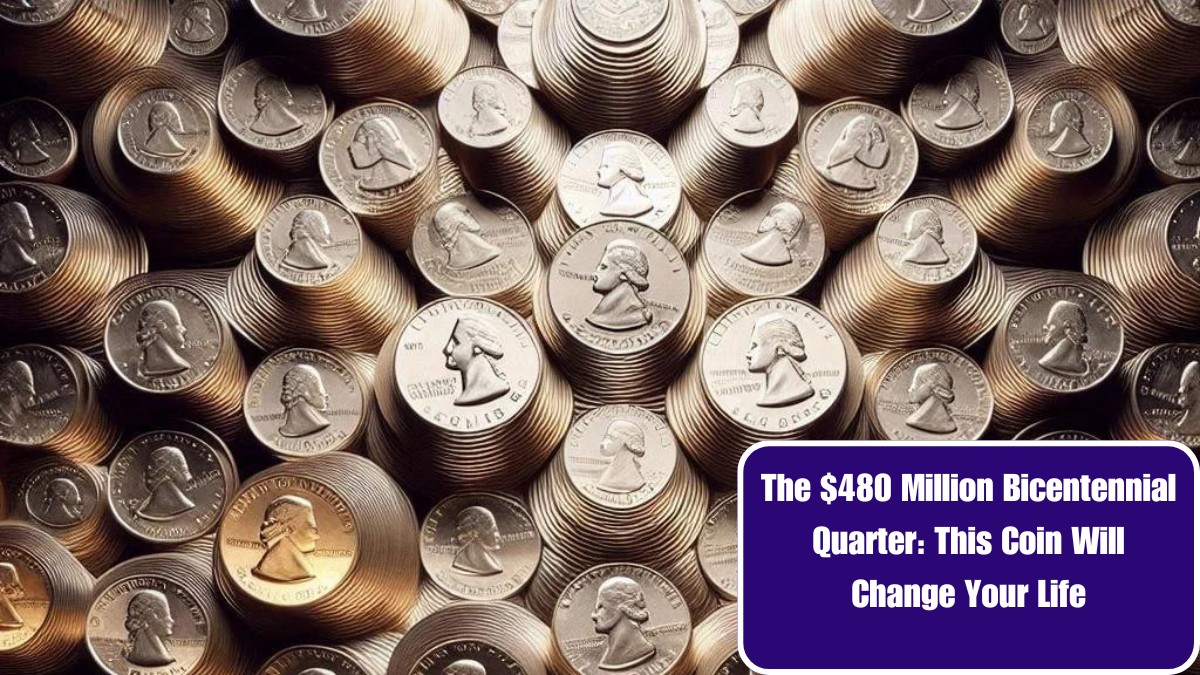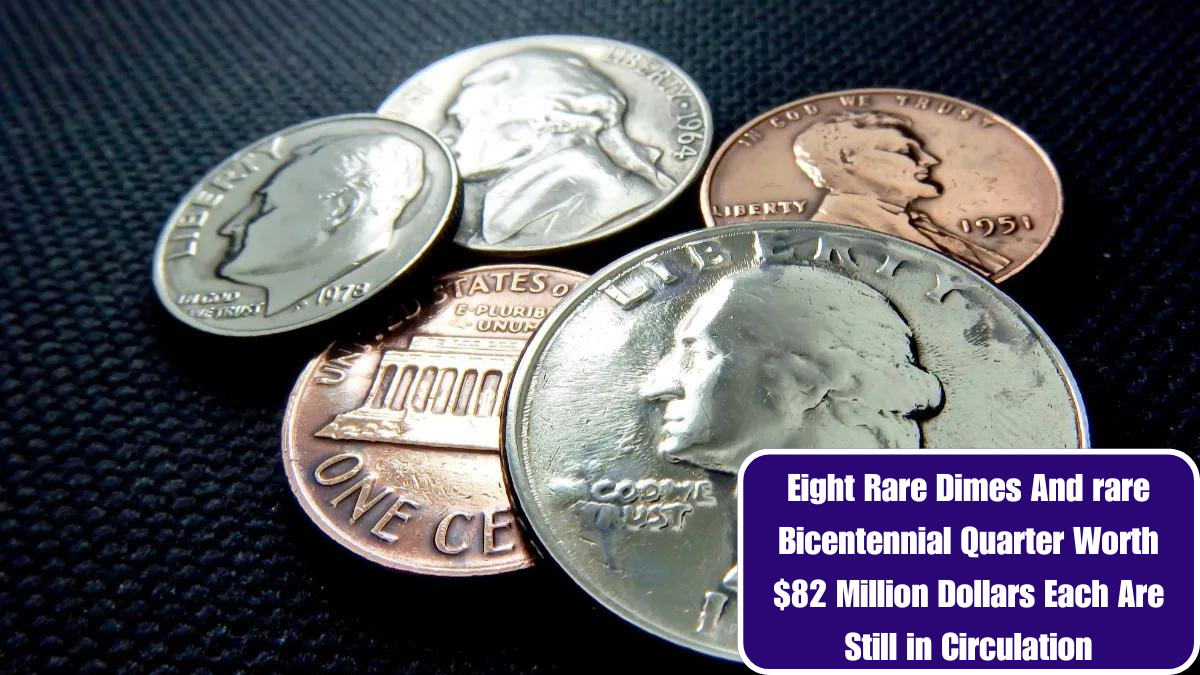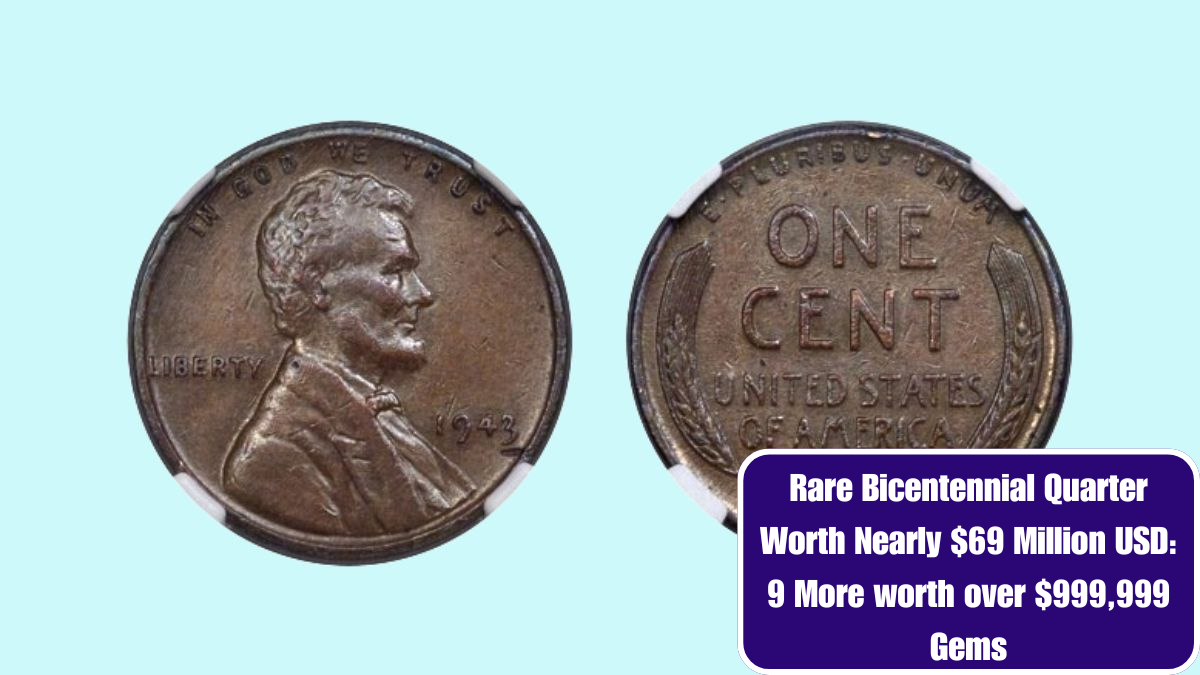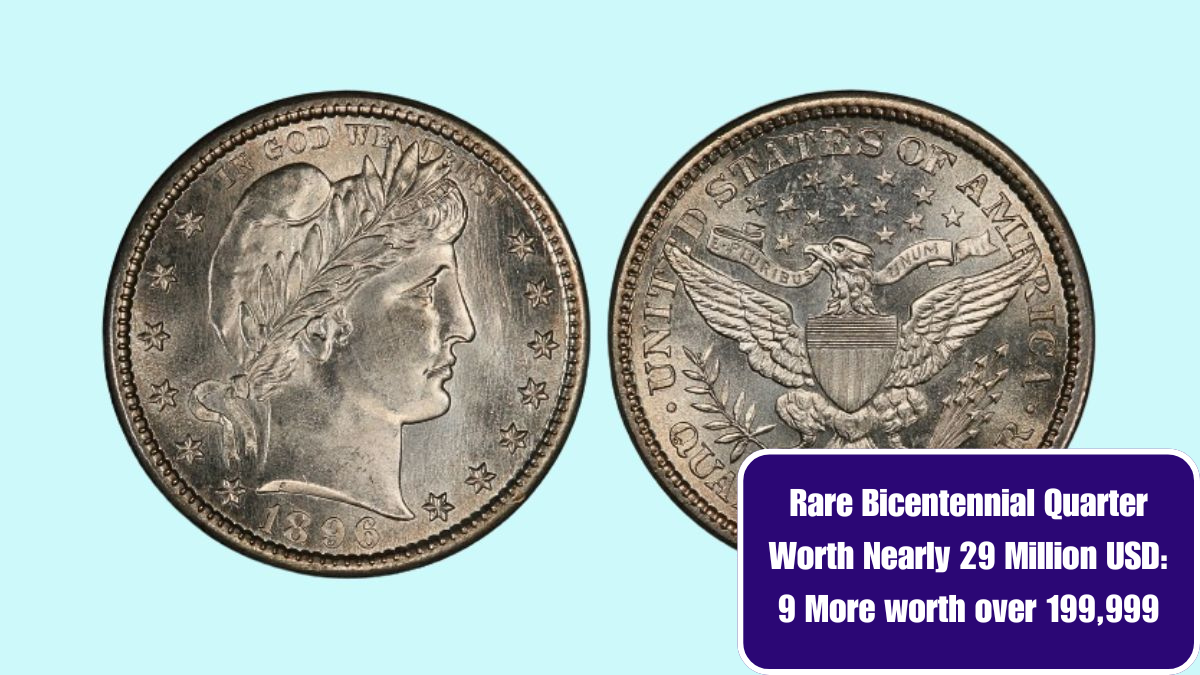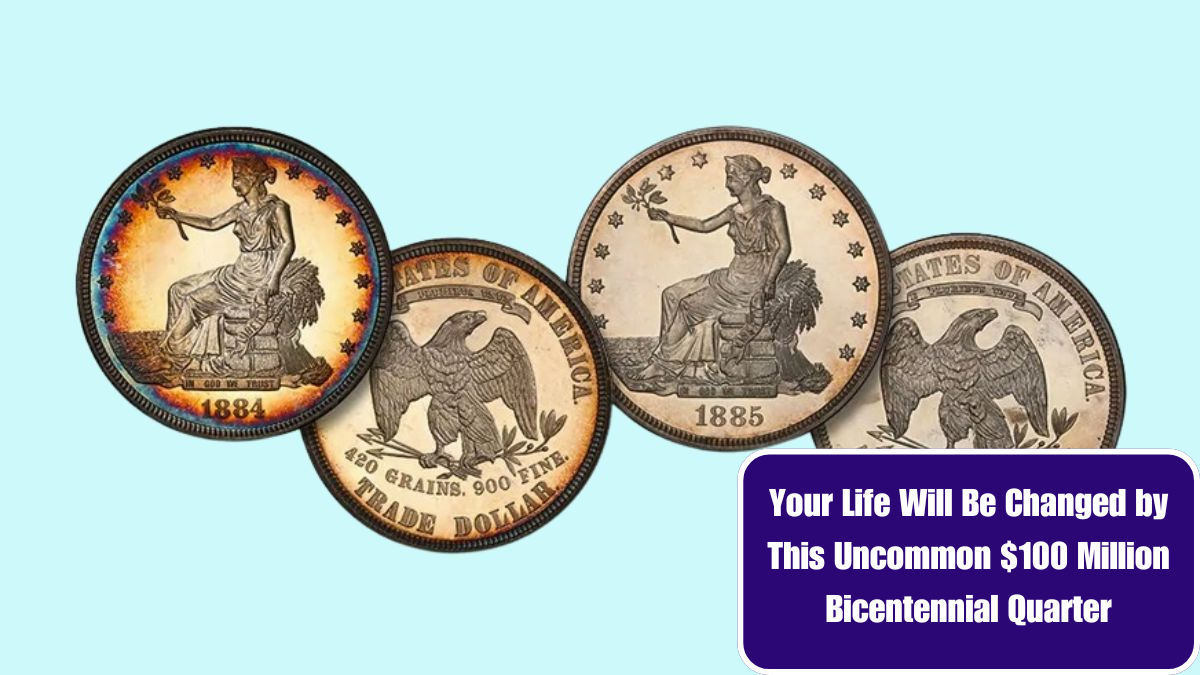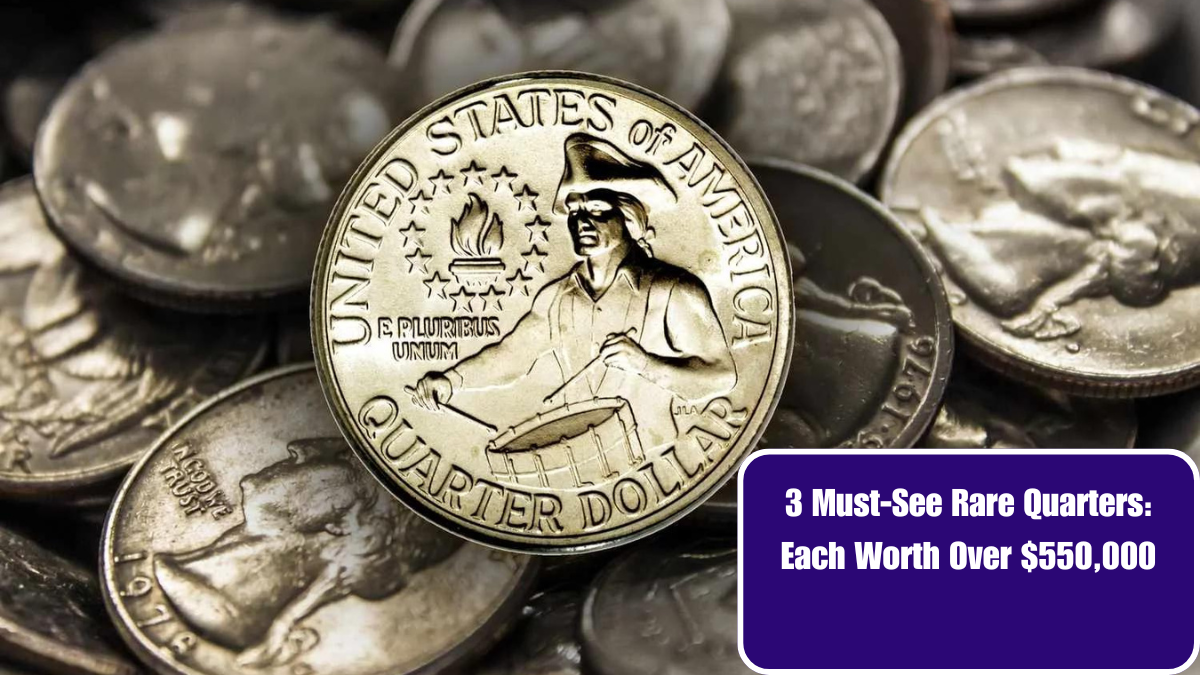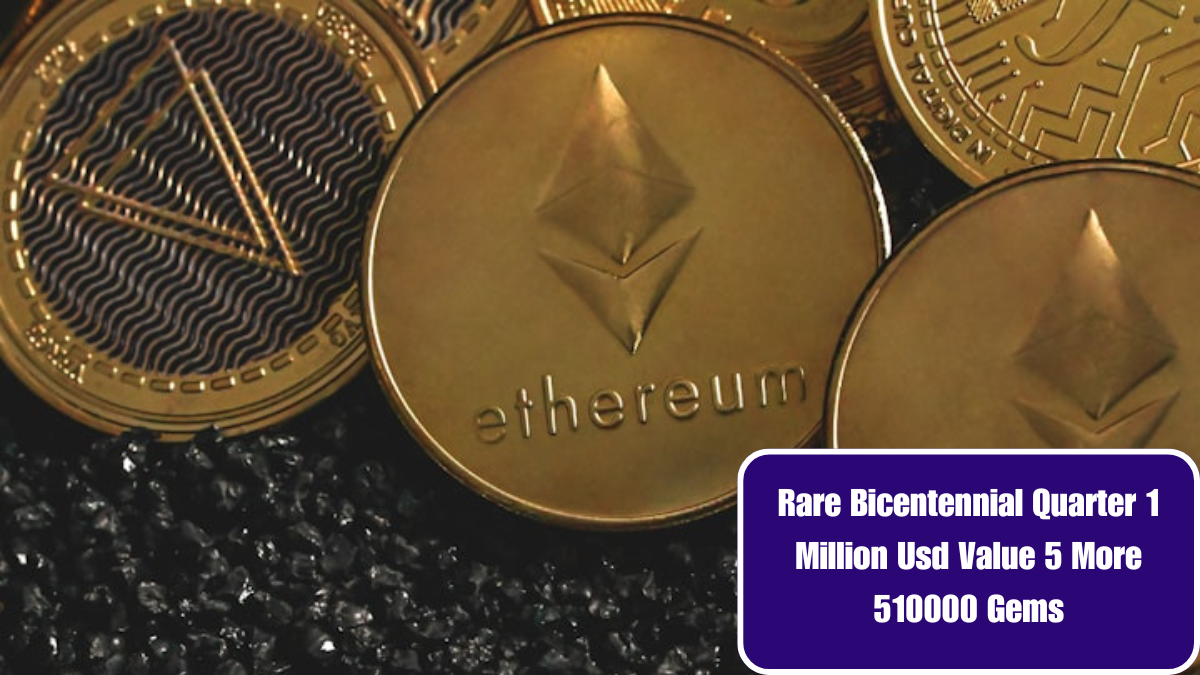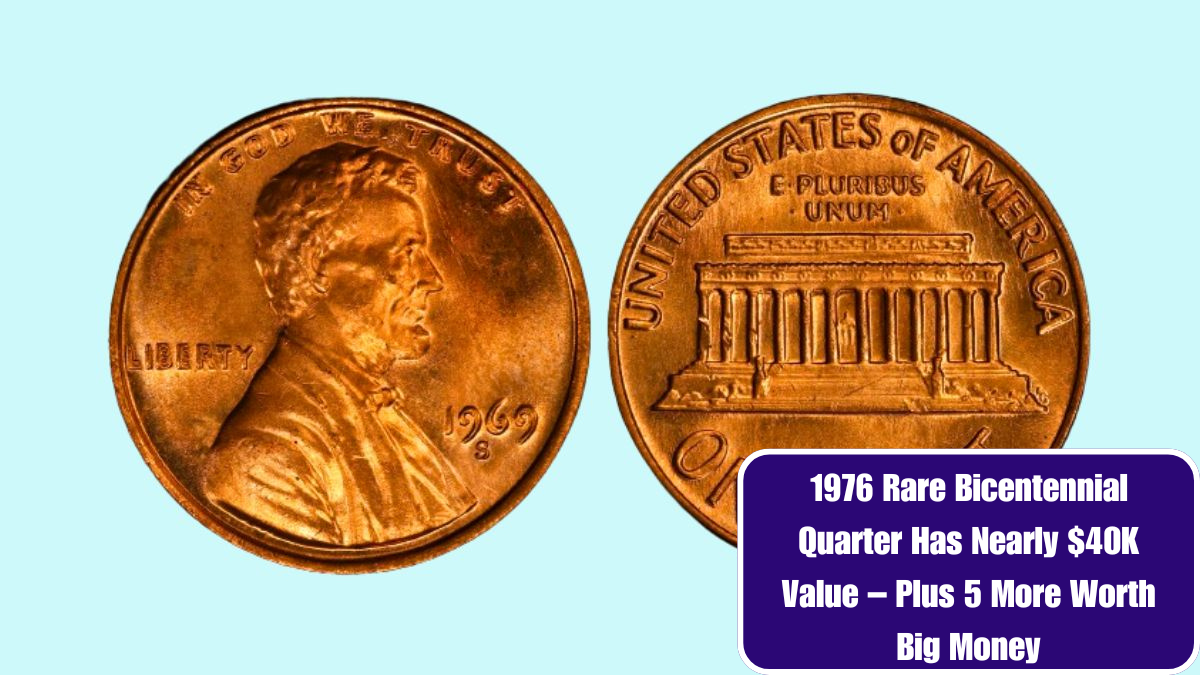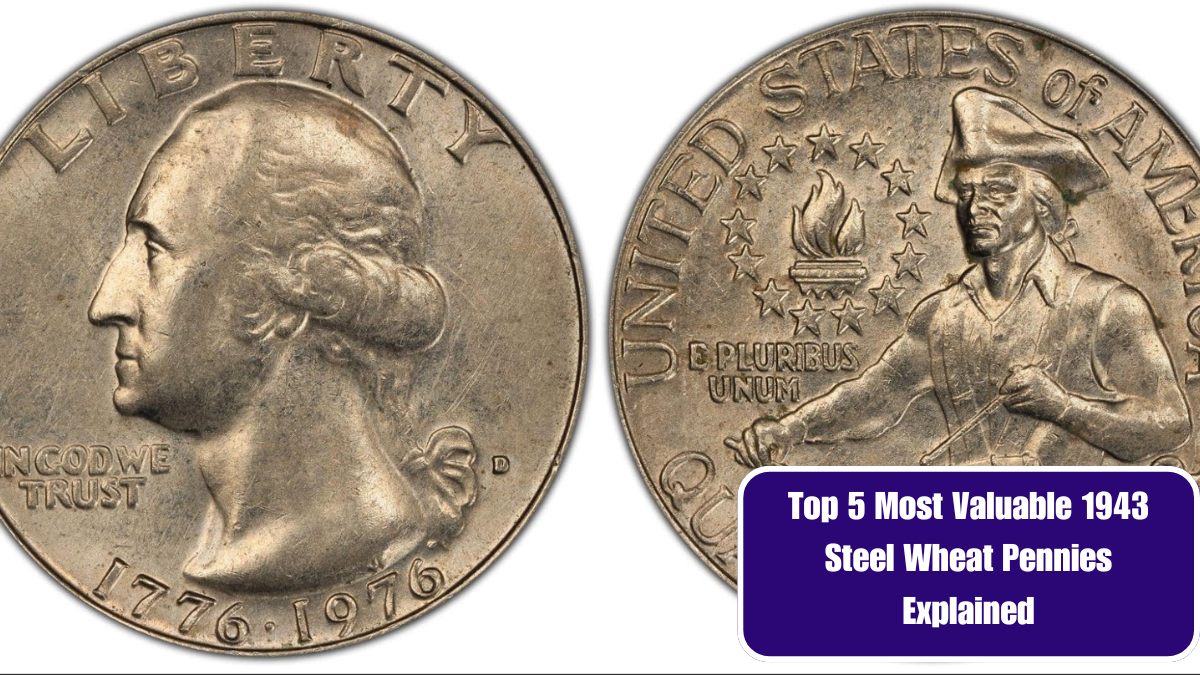In the world of numismatics, few coins capture the imagination quite like the Bicentennial Quarter. Minted in 1975 and 1976 to celebrate the 200th anniversary of the United States, this coin has become a fascinating piece of history—and for some, a life-changing financial opportunity.
The Story Behind the Coin
The Bicentennial Quarter is not just a quarter; it’s a symbol of America’s rich history and vibrant culture. Designed by the renowned sculptor John Flanagan, the coin features a depiction of George Washington on the obverse side, while the reverse showcases a unique design—a colonial drummer, representing the spirit of the American Revolution.
Initially released as part of a larger Bicentennial series that included the half dollar and dollar coins, the Bicentennial Quarter is distinct because it features the dual date of 1776-1976. This was a deliberate decision to commemorate the past while celebrating the present.
Rarity and Value
While many people think of quarters as mere pocket change, the Bicentennial Quarter is a different story. Due to the high mintage numbers—over 800 million were produced—most of these coins aren’t worth much more than their face value. However, certain rare variants, especially those with mint errors or in pristine condition, can command astonishing prices.
One notable example is the 1976-S Proof Bicentennial Quarter. With only a limited number of these coins struck, collectors are willing to pay significant sums, sometimes reaching upwards of $480 million for a complete set or rare pieces. Such figures sound surreal, but they illustrate the booming market for rare coins, where rarity, demand, and condition play crucial roles in valuation.
The Coin That Changed Lives
For some individuals, stumbling upon a rare Bicentennial Quarter has led to life-changing moments. Imagine sifting through a jar of old coins only to discover a valuable piece that could pay off student loans, fund a dream vacation, or even secure a down payment on a home.
The thrill of the hunt drives many collectors, but it’s the stories behind these discoveries that make the journey worthwhile. Some have turned their casual interest in coin collecting into lucrative businesses, while others have simply found joy in the history and artistry of coins.
How to Identify Valuable Bicentennial Quarters
If you’re interested in exploring the potential hidden in your pocket change, here are a few tips on identifying valuable Bicentennial Quarters:
- Look for Errors: Coins with mint errors—like double strikes or off-center strikes—are often worth significantly more than their face value.
- Check the Mint Mark: Quarters minted in San Francisco (marked with an “S”) are usually more sought after, especially in proof condition.
- Condition Matters: Coins in mint condition (MS-65 or higher) are much more valuable. Use a magnifying glass to inspect for scratches or wear.
- Research and Appraisal: If you suspect you have a rare coin, consider consulting a professional numismatist or appraiser who can give you a detailed valuation.
The Future of Coin Collecting
As we move further into a digital age, the value of physical currency may seem diminished. However, the allure of coin collecting remains strong. Coins tell stories of our past and connect us to our heritage. The Bicentennial Quarter is a perfect example of how a seemingly ordinary coin can hold extraordinary value.
Whether you’re a seasoned collector or a casual enthusiast, the Bicentennial Quarter represents a unique intersection of history, culture, and investment potential. As you sift through your change or consider starting a collection, remember: you might just find that one coin that changes your life.
The $480 Million Bicentennial Quarter isn’t just a piece of metal; it’s an opportunity. An opportunity to explore history, to dive into the world of collecting, and potentially to change your financial future. So next time you reach for that quarter, take a moment to appreciate its significance—and perhaps, just perhaps, its hidden value.
